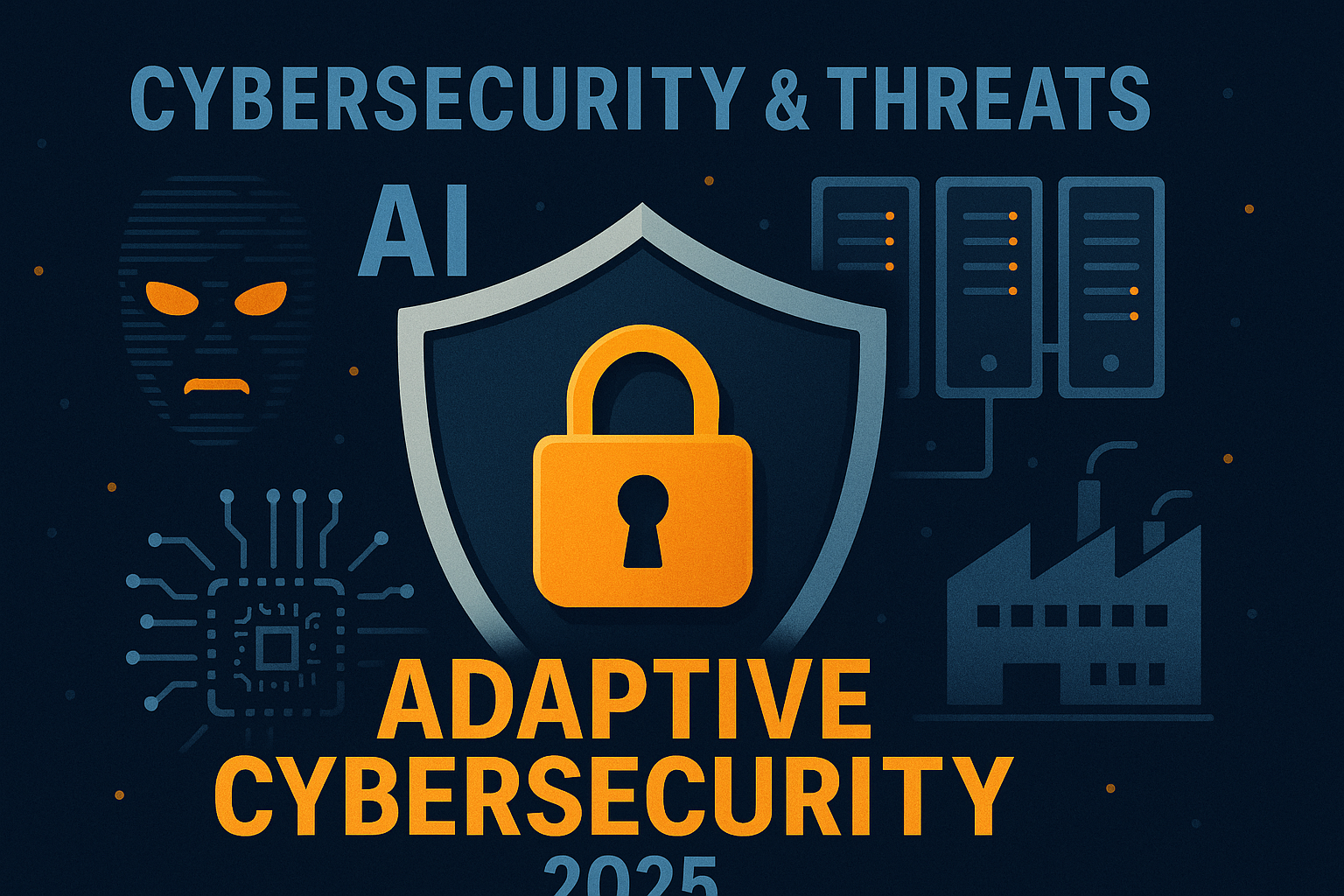Cybersecurity & Threats in 2025: Navigating the Next Wave of Digital Danger
- July 16, 2025
- 3 min read
- Tips & Tricks

In 2025, the cybersecurity landscape is rapidly evolving—and not in our favor. With the rise of AI-powered threats, deepfakes, and complex supply-chain vulnerabilities, the risks to individuals, businesses, and even nations have never been greater. For developers, IT agencies, and enterprise leaders alike, staying ahead of the curve is not optional—it’s essential.
⚠️ The New Face of Cyber Threats
Modern cyber threats have grown far beyond phishing emails and brute-force attacks. We’re now seeing:
- AI-Enabled Threats: Attackers are leveraging generative AI to craft highly convincing phishing messages, automate vulnerability discovery, and even deploy deepfake-based social engineering.
- Supply Chain Attacks: Vulnerabilities embedded deep in vendor software can compromise thousands of downstream organizations in one strike.
- Hardware-Level Flaws: Recent discoveries like SLAP (Speculative Load Attack Pre-fetch) and Training Solo—side-channel CPU vulnerabilities affecting both Intel and Apple chips—highlight the fragility of even the most advanced processors.
These risks don’t just affect IT companies. They threaten critical infrastructure in healthcare, energy, and finance, where a single breach can lead to national-scale disruption.
🛡️ “Zero Trust” Isn’t Just a Buzzword—It’s a Must
As traditional network perimeters dissolve, experts are calling for universal adoption of Zero Trust Architecture (ZTA)—a security model that assumes no user or device should be trusted by default, even if it’s inside the network.
Zero Trust enforces:
- Strict identity verification
- Least-privilege access
- Microsegmentation of networks
By reducing attack surfaces, it’s becoming the baseline for cyber resilience, especially in high-risk environments.
🤖 AI vs. AI: The Cyber Arms Race
Thankfully, defenders aren’t sitting still. AI is also being deployed to fight back, giving rise to a new era of adaptive cybersecurity:
- Retrainable ML firewalls that evolve based on real-time threat behavior.
- Predictive detection systems trained on terabytes of historical and real-time data.
- AI-driven cloud security tools that spot and shut down anomalies before they escalate.
This proactive approach is not just smarter—it’s necessary in a world where threats mutate faster than manual teams can respond.
🧩 The Patch Problem: Old Software, New Risks
It’s not always the cutting-edge threats that do the most damage. Recent studies show 32% of successful cyberattacks exploit outdated or unpatched software.
Automated solutions like:
- Vulnerability scanners
- Autonomous patch management tools
- AI-driven cloud security tools that spot and shut down anomalies before they escalate.
...are critical to staying safe, especially for organizations managing large infrastructures or legacy tech stacks.
🧠 Final Thoughts
Cybersecurity in 2025 is no longer about firewalls and antivirus software. It’s about building a resilient, AI-powered defense strategy—and embedding security into every layer of your digital operations.
As threats grow more sophisticated, so must your response. Whether you’re managing a business, building applications, or securing infrastructure, now is the time to act.
- Let’s connect and make it happen: hello@onenazmul.dev
